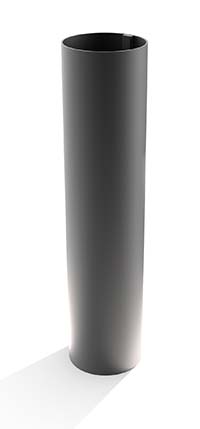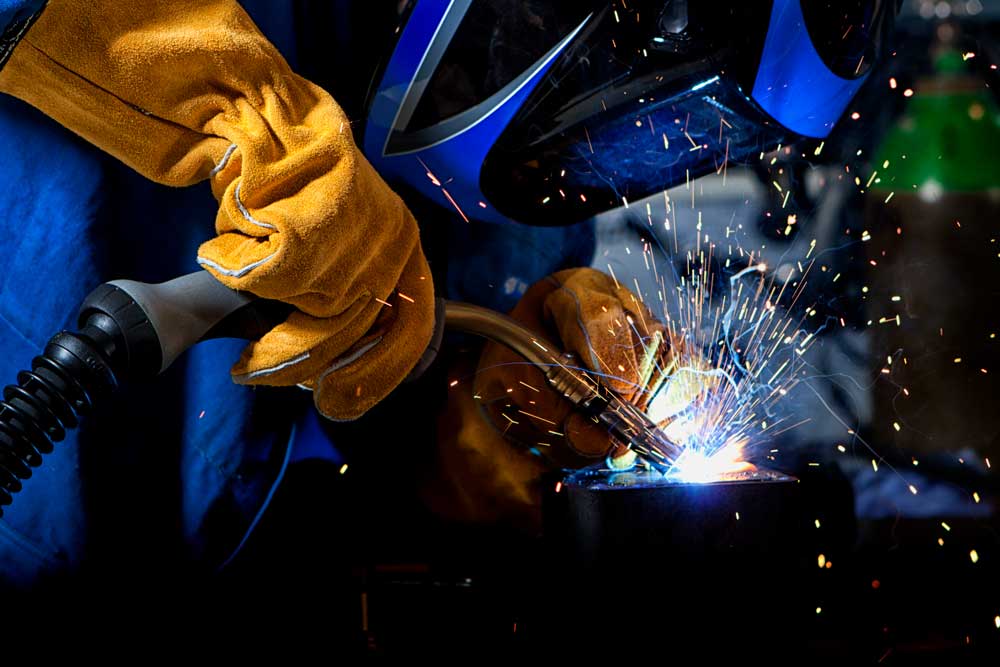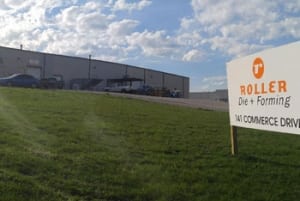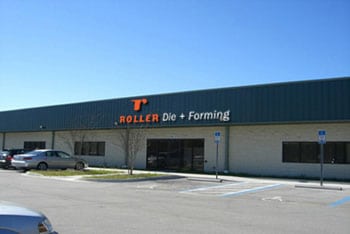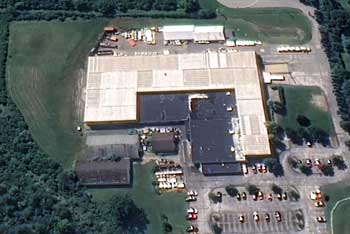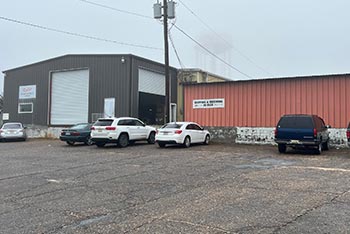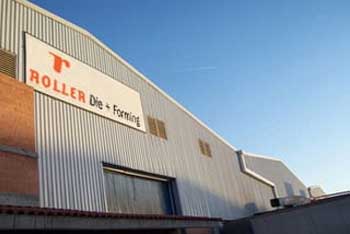The steel and metal markets are set for an exciting year in 2025. Various factors will shape these markets, impacting everything from production methods to pricing. Manufacturers must stay informed to navigate these changes effectively. Understanding global economic influences, technological advancements, and regulatory changes is crucial for staying competitive.
Technological innovations are playing a huge role in transforming the steel and metal industries. From advanced manufacturing processes to green technology, these advancements promise to enhance efficiency and sustainability. As environmental concerns rise, stricter regulations are also coming into play, affecting how metals are produced and recycled.
Additionally, shifts in demand across different industries and the emergence of new markets will influence steel and metal prices. Manufacturers face challenges like supply chain disruptions and fluctuating raw material costs, making it essential to adapt their strategies. Staying ahead of these trends and predictions can position businesses for success in the coming year.
Global Economic Factors Shaping Steel and Metal Markets
Global economic factors have a huge influence on the steel and metal markets. Economic growth or downturns in major economies like the United States, China, and the European Union can either boost or reduce demand for metals. An expanding economy usually means more construction, manufacturing, and infrastructure projects, which all need steel and other metals.
Currency fluctuations also play a role. When the dollar strengthens, it can make steel and metals more expensive for foreign buyers, potentially decreasing demand. On the flip side, a weaker dollar might boost exports. Trade agreements and tariffs further complicate things. For instance, tariffs on imported steel can protect domestic producers but also raise costs for manufacturers who rely on these imports.
Inflation is another factor to consider. Rising inflation rates can increase the cost of raw materials, energy, and transportation, all of which are critical components in metal production. Monitoring these economic trends helps manufacturers anticipate changes and develop strategies to adapt.
Impact of Technological Advancements on Steel Production
Technological advancements are transforming steel production in significant ways. Automation and robotics are increasing efficiency and precision in manufacturing plants. Automated systems can handle repetitive tasks quickly and accurately, reducing human error and cutting down on labor costs.
Computer-Aided Design (CAD) and Computer-Aided Manufacturing (CAM) technologies are making it easier to design and produce complex steel structures with high precision. These tools allow for better planning and minimize waste, ensuring materials are used optimally. Additionally, advancements in metallurgy are leading to the development of stronger, lighter, and more durable steel alloys.
Environmental Regulations and Their Effects
Environmental regulations are becoming stricter, impacting how steel and other metals are produced. Governments worldwide are pushing for cleaner, more sustainable practices to combat climate change and reduce pollution. This means manufacturers must adopt new technologies and methods to meet these standards.
One major area affected is emissions. This can involve investing in cleaner energy sources, such as natural gas or renewables, and installing equipment to capture and reduce emissions. Additionally, waste management is under scrutiny. Companies are encouraged or mandated to recycle more and dispose of waste responsibly.
These regulations can increase operational costs, but they also drive innovation. As a result, more sustainable practices are being developed, such as the use of electric arc furnaces, which produce less pollution than traditional blast furnaces. Complying with environmental regulations is crucial for avoiding fines and keeping up with industry trends.
Trends in Steel and Metal Demand by Industry
Steel and metal demand varies significantly across different industries. In 2025, several sectors are expected to drive this demand. The automotive industry continues to be a huge consumer of steel and aluminum. With the shift towards electric vehicles (EVs), there’s an increasing need for lightweight materials to improve efficiency and range.
The construction industry also plays a major role in steel demand. Infrastructure projects, including bridges, buildings, and railways, require large quantities of steel. The push for greener buildings is leading to the use of high-performance steel that offers better durability and sustainability.
Another growing sector is renewable energy. Wind turbines, solar panels, and other renewable energy installations require specialized metals. Advances in technology and increased government support for green energy projects are boosting this demand. Keeping an eye on these industry trends helps manufacturers align their production strategies with market needs.
Price Forecasts for Steel and Other Metals
Forecasting steel and metal prices in 2025 involves analyzing various factors like demand, raw material costs, and economic conditions. Steel prices might experience fluctuations due to shifts in global demand and supply chain disruptions. For instance, if construction projects increase globally, steel prices could rise due to higher demand.
Raw material prices also play a crucial role. The cost of iron ore, coking coal, and scrap metal affects steel pricing. If these materials become scarce or their prices increase, steel prices will likely follow suit. Additionally, energy costs can influence production expenses. High energy prices can raise manufacturing costs, impacting the final steel prices.
Trade policies and tariffs should also be considered. Tariffs on imported steel can increase prices domestically. Conversely, lifting these tariffs might lead to price drops as supply increases. Monitoring these elements helps in predicting steel and metal price trends, allowing manufacturers to plan better.
Innovations in Steel Recycling and Sustainability
Steel recycling and sustainability innovations are reshaping the industry. One significant innovation is the electric arc furnace (EAF), which uses recycled steel and reduces greenhouse gas emissions compared to traditional blast furnaces. EAFs are more energy-efficient and help in producing high-quality steel with a lower environmental impact.
Another area of innovation includes closed-loop recycling systems. These systems ensure that waste materials from steel production are reused within the manufacturing process, reducing waste and conserving resources. For example, slag, a by-product of steel production, can be repurposed for construction materials, minimizing landfill waste.
Advancements in sorting and processing technologies are also helping. Improved methods for separating and cleaning scrap steel lead to higher quality recycled materials. These innovations not only support a circular economy but also help manufacturers meet stringent environmental regulations and reduce costs associated with raw materials.
Supply Chain Disruptions and Mitigation Strategies
Supply chain disruptions can have significant impacts on steel and metal markets. Events like natural disasters, geopolitical tensions, and pandemics can cause delays and shortages. To mitigate these disruptions, manufacturers must develop robust strategies.
Diversifying suppliers is a primary strategy. Relying on multiple suppliers from different regions reduces the risk of disruption if one supplier encounters issues. Building strategic reserves of essential raw materials can also provide a buffer during supply chain hiccups.
Investing in technology is another effective measure. Real-time tracking systems offer visibility into the supply chain, allowing for quick responses to potential issues. Strong relationships with logistics partners are also crucial, ensuring timely transportation and delivery of materials. Implementing these strategies ensures a more resilient supply chain, minimizing the risk of production halts.
Role of Government Policies and Trade Agreements
Government policies and trade agreements greatly impact the steel and metal markets. Tariffs and trade restrictions can protect domestic industries but may also raise costs for companies relying on imports. For instance, tariffs on foreign steel can make it costlier for manufacturers to procure raw materials, affecting their production costs.
Trade agreements can facilitate easier trading conditions. Agreements like the United States-Mexico-Canada Agreement (USMCA) reduce tariffs and streamline regulations, promoting smoother trade flows. Such policies can enhance the availability of steel and other metals and stabilize prices.
Subsidies and grants for adopting green technologies or improving manufacturing processes also play a role. Governments incentivize companies to reduce emissions and adopt sustainable practices, indirectly affecting operational costs and production methods. Keeping track of policy changes helps manufacturers adapt quickly and make informed decisions.
New Applications and Technologies in Metal Industries
One exciting area is the development of advanced alloys. These materials are stronger, lighter, and more durable, ideal for applications in aerospace, automotive, and construction industries. Advanced alloys help in building more reliable and efficient products, meeting the demands of various sectors.
Nanotechnology is also making strides. This technology enhances the properties of metals, such as increasing their strength and resistance to wear and corrosion. Applications range from medical implants to high-performance coatings. Staying updated with these innovations enables manufacturers to improve their product offerings and maintain a competitive edge.
Future Outlook and Predictions for 2025
The outlook for steel and metal markets in 2025 appears promising but requires careful navigation. Economic growth in emerging markets and increased demand across industries like construction, automotive, and renewable energy contribute to a positive trend. However, challenges such as supply chain disruptions, environmental regulations, and fluctuating raw material costs need to be managed effectively.
Sustainability will likely play a more significant role. Companies adopting green technologies and sustainable practices will benefit from regulatory compliance and appeal to environmentally conscious consumers. Innovations in recycling and the development of advanced materials will shape future market dynamics.
Technological advancements will continue to transform production methods, enhancing efficiency and reducing costs. Manufacturers investing in technology and R&D will maintain a competitive edge. As we move forward, staying adaptable and informed will be crucial for leveraging opportunities and mitigating risks.
Conclusion
In 2025, the steel and metal markets are set to undergo significant changes driven by various economic, technological, and regulatory factors. Manufacturers must stay proactive and adapt to these shifts to stay competitive. By understanding global economic influences, embracing technological advancements, adhering to environmental regulations, and recognizing emerging market trends, businesses can navigate these changes effectively.
For high-quality custom roll forming solutions and to stay ahead in the steel and metal markets, consider partnering with Roller Die + Forming. Our expertise and innovative approach can help you navigate the complexities of the industry. Contact us today to learn how we can support your business in achieving its goals.

